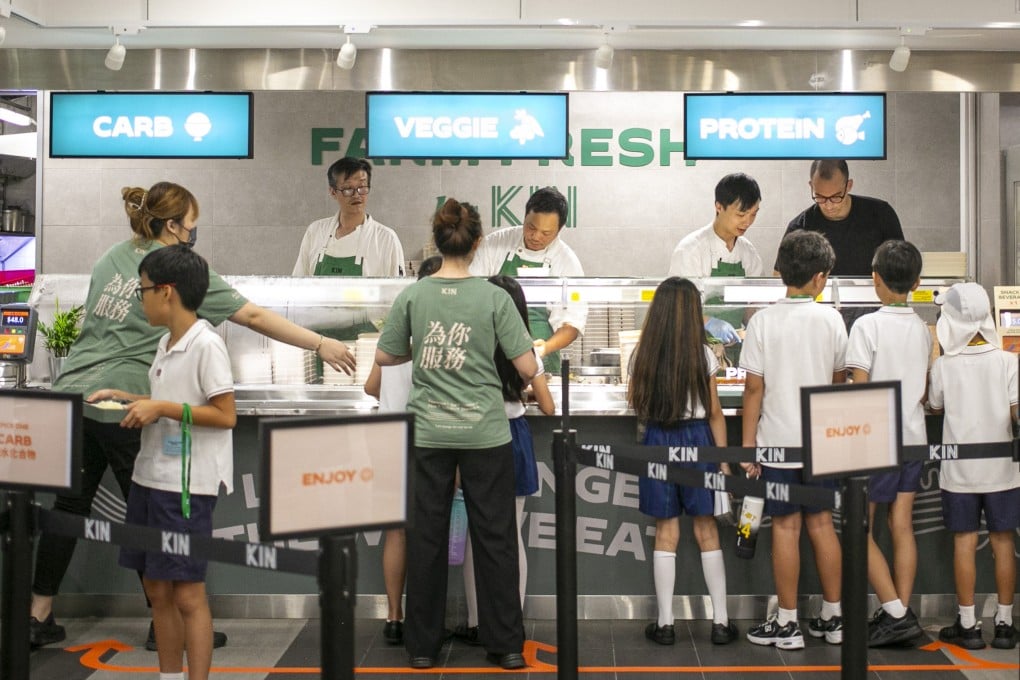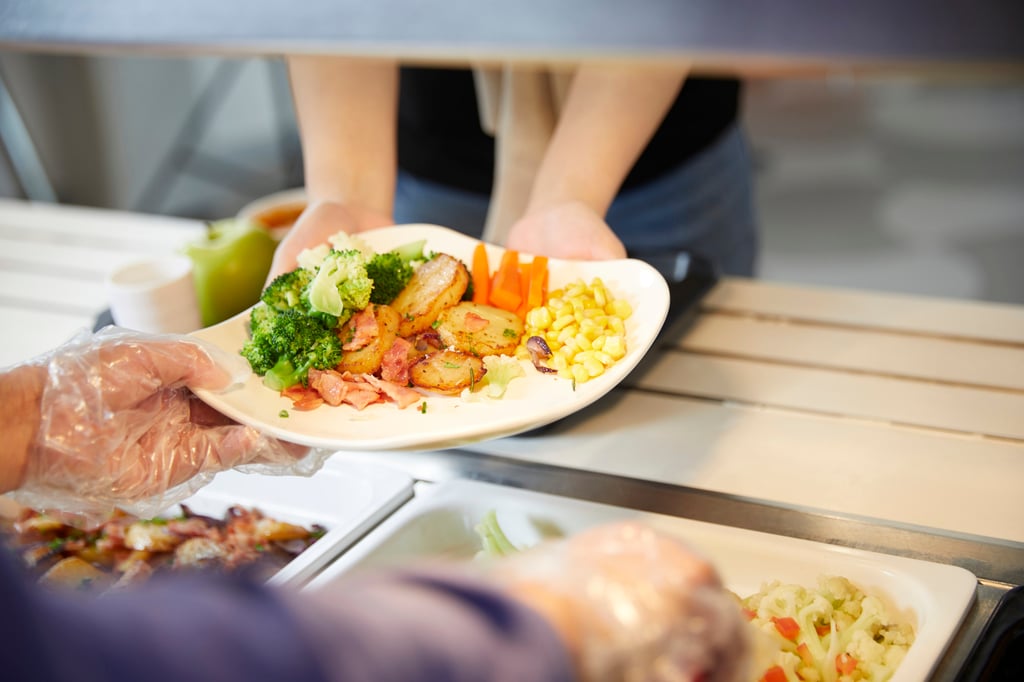How sustainable are school meals in Hong Kong? Advocates see a chance to teach students about the impact of their food choices. Providers point to dependence on imports
- With sustainable school meals a hot topic in Hong Kong, food providers are taking up the challenge, but it’s not easy in a city that is not self-sufficient
- Sourcing is key, and education could help influence responsible food choices. Caterers say they don’t always ‘get it right’, but are trying to play their part

Love them or hate them, school lunches provide students with a hot meal every school day.
Between Chartwells and Sodexo – two of the biggest names in Hong Kong’s school food catering industry – anywhere from 26,000 to nearly 40,000 meals are served per day to students. The two caterers are charged with working with more than 40 of the city’s schools – local and international, primary and secondary.
However, with this volume comes responsibility, both for ensuring that students are fed nutritious, sustainable meals and for minimising the food’s impact on the environment.
This was put under the magnifying glass in April, when the Sustainable School Food Summit – organised by food sustainability consultancy Grassroots Initiatives, The Alliance for Sustainable Schools, and Chinese International School students – highlighted sustainability challenges associated with school meals.

Its menu, according to Kin, is built around farming cycles, and uses ingredients procured from carbon-conscious sources. The provider aims to give students the ability to select their meal from a variety of options, and build up the habit of making healthy choices.